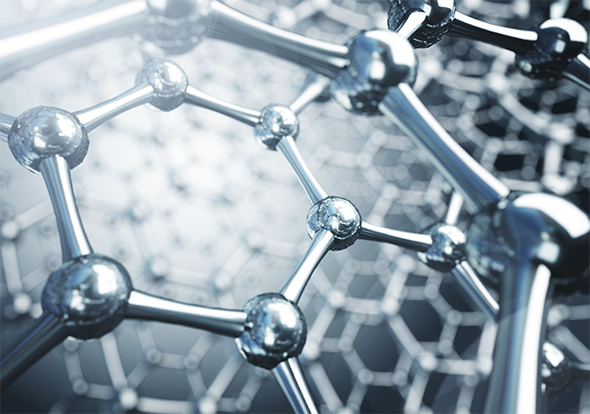Considering the sheer impact of lithium batteries and the devices they power on today’s global economy, any new wrinkle in the regulations governing lithium battery transport creates aftershocks among:
- Battery manufacturers
- Device manufacturers
- Airlines and freight carriers
- E-commerce retailers
- Product recall managers
- Third-party logistics companies
- Hazmat trainers
- And anyone who owns a cell phone, laptop, electric car or one of those smart suitcases that follows you around the airport
Fortunately for all the above, we don’t have any news to announce about new lithium battery shipping regulations. But there’s been lots of news lately about new lithium battery technologies.
If you’re reading this blog, you might someday have to document, label, mark, package, approve, receive or return these technologies. Don’t say you weren’t warned!
- Flexible, spine-like batteries. Researchers at Columbia University have developed a lithium-ion battery shaped like the human spine. It delivers stable voltage no matter how it’s twisted, so it’s ideal for wearables, medical devices and implants. Your android masters may someday be powered by these batteries.
- Crumpled graphene balls, which absorb fluctuating concentrations of the lithium particles embedded within for greatly enhanced conductivity. This breakthrough from Northwestern University could lead to longer electric vehicle battery life, but first it needs a more marketable name. Crumpled balls?
- Nanoparticle electrodes. Scientists at the U.S. Department of Energy’s Brookhaven National Laboratory believe they can create a more even concentration of lithium particles throughout a battery’s lattice structure. Result—“batteries that charge faster and last longer.”
- Houseplant device chargers. This is already a thing. The Bioo plant pot uses organic materials that react with water and organic matter to harness the power of photosynthesis to charge your device via a USB port that’s cleverly disguised as a rock. We predict a run of these next holiday season.
- Solid-state lithium-ion. A paper by Toyota scientists describes a solid-state batteryusing sulfide superionic conductors that can completely charge or discharge in just seven minutes. In case you’re wondering, the conductors are made from Li54Si1.74P1.44S11.7Cl0.3. There will be a test.
- The world’s greenest battery. A Tesla veteran has announced plans to build a plant in Sweden that will produce lithium-ion car batteries with a near-zero carbon footprint. But if they can build a solar-powered plant to make car batteries, why can’t they just build solar-powered cars?
- Human batteries. Researchers at North Carolina State University have developed a new design for converting body heat into electricity for wearable electronics. So you can charge your phone with an electrode on your arm while you create the incentive for robots to enslave the human race.
Meanwhile, you still have to ship today’s battery technologies under today’s regulations. Need help? Have questions? Labelmaster offers everything you need for compliant battery transport.
Crumpled balls? Seriously?
Labelmaster is a full-service provider of goods and services for the hazardous materials and Dangerous Goods professional, shippers, transport operators and EH&S providers. See our full line of solutions at labelmaster.com.




If my robot overlords are powered by lithium batteries I’m not as worried about the impending singularity as I once was. If my R2D2 swells up and explodes I’ll replace him.
By the way I don’t know who it is authoring this… But keep up the good writing. Our industry needs folks like you.